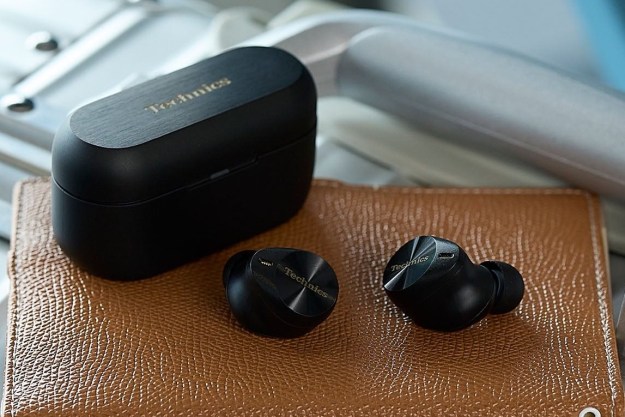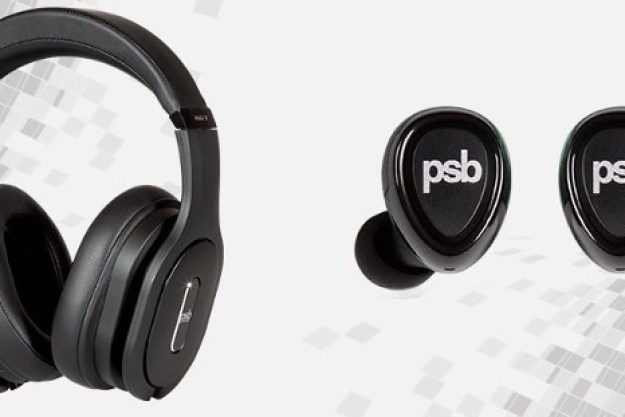LG has officially entered the true wireless earbuds space with the announcement of its Tone Free HBS-FN4 and HBS-FN6 earbuds. The difference between the two is that the HBS-FN6 is considered a “higher-end” option, thanks to the inclusion of a self-cleaning case.
The self-cleaning feature is becoming a staple of LG earbuds, as we noted covering their Tone+ Free earbuds that were destined specifically for the Korean market. In addition to that self-cleaning feature, they boast audio backed by Meridian, and a familiar design in both black and white color options.
Self Cleaning Feature
As mentioned, the higher-end HBS-FN6 have a self-cleaning feature that activates when the buds are placed in the charging case. LG’s case eliminates 99.9% of bacteria by using ultraviolet light focused on the silicon ear gel tips and the inner mesh.
Though it’s called a “self-cleaning” feature, this won’t remove dirt, debris, or earwax.
Meridian Audio
Meridian is an English manufacturer of high-fidelity A/V components founded in 1977. It became LG’s official audio partner in 2018. LG says Meridian’s Digital Signal Processing technology will add an extra dimension to sound in its new earbuds, promising a realistic soundstage with an emphasis on clear vocals.

Both the HBS-FN6 and HBS-FN4 will feature customized EQ sound settings developed by Meridian, with four presets that LG says are tailored to your listening experience. Natural for “authentic and balanced” sound, Immersive for an expanded sense of space, Bass Boost for stronger bass, and Treble Boost for better clarity in vocals.
The earbuds don’t offer active noise cancellation, but LG promises the eartips will fit snugly and seal tightly, providing a level of noise isolation that blocks most exterior sounds. The earbuds also feature an Ambient Sound Mode that will let exterior sounds come through.

Battery life, dust/water protection, and voice assistants
The LG Tone Free headphones are rated for six hours of listening time and five hours of talk, per charge. They can receive an additional 18 hours from the battery case (or three full charges). Sticking the buds in the case for five minutes will provide an hour of additional run time.
The Tone Frees have an IPX4 waterproofing rating, which protects against splashing water from any direction, and should keep the earbuds safe in the rain and from perspiration. Both models of earbuds are compatible with Google Assistant or Siri. The buds feature touch commands built into each that allow for play, pause, and skip commands, as well as volume control.

The LG Tone Free earbuds are compatible with both Android and iOS, feature Bluetooth 5.0, and support SBC and AAC audio codecs.
As you can see, LG’s earbuds use the long neck design popularized by Apple’s AirPods. Without the inclusion of active noise cancellation, these buds seem rather conventional. It remains to be seen how much they cost (as pricing was not released) and how their audio quality stacks up.
LG will ship the Tone Free earbuds in European and American markets starting next month, with availability in other regions to follow.
Editors' Recommendations
- Sennheiser Momentum True Wireless 4 debut with lossless audio, but skip the spatial trend
- Wireless earbuds case won’t charge wirelessly? Try this fix
- Why do my wireless earbuds keep connecting when they’re in their case?
- LG’s new M-Series Wireless OLED TVs start at $5,000
- Skullcandy’s new $20 wireless earbuds get 20 hours of battery life




